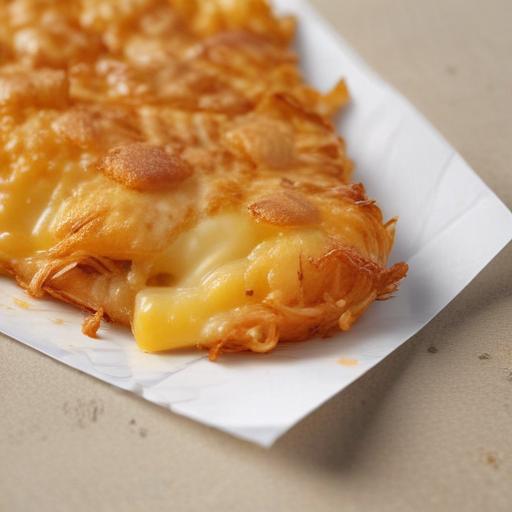Hash browns briefly took over the Threads app after an Australian user noted that McDonald’s hash browns now cost 4.35 in Australian dollars, sparking confusion among some U.S.-based users who assumed the price was in U.S. dollars. The currency mix-up turned into a running joke as the original poster kept leaning into the bit, prompting others to join in. For roughly 24 hours, a humble breakfast side became the platform’s unlikely main character, spawning memes and commentary and leaving latecomers wondering why everyone was suddenly talking about crispy potatoes.
The gag quickly spread beyond Threads to Instagram, X, and Reddit. One widely shared quip captured the mood: “Forget wars and politics, let’s worship crispy potato perfection!” posted on August 6, 2025. Even brands jumped in, with Beyond Meat cheekily urging people to “question everything,” ending with the punchline to “shift the hash browns.”
Why this snowballed so fast is simple: global platforms amplify small misunderstandings into cultural moments. Prices for the same menu item vary by country and currency, and when audiences assume a familiar U.S. context, harmless confusion can fuel a meme. Once a few viral posts land, the feedback loop takes over—especially when the subject is something universally relatable and low-stakes like breakfast.
The moment also prompted a look back at how hash browns became so beloved. Potatoes arrived in Europe from the Americas in the 16th century and became a staple. In Switzerland, farmers developed Rösti—grated potatoes wrung of moisture and fried in oil or butter with salt—which provided hearty fuel for long workdays. European immigrants brought versions of Rösti to the United States, where late-19th-century kitchen tools like potato ricers helped popularize grated preparations. As the dish found its place in diners and breakfast spots, it picked up the name “hash browned potatoes,” drawing on the French word hacher, meaning to chop. By the mid-20th century, the growth of fast-food chains and advances in frozen food helped cement hash browns as a breakfast standard across the U.S.
Additional comments and context:
– The brief frenzy is a textbook meme cycle: a niche post, a clarifying twist (currency), a wave of riffs, brand participation, and a quick fade. These moments often provide a light communal break from heavier news.
– Currency confusion online is common. When prices are posted without context, global audiences may default to their local currency, which can skew perceptions about affordability.
– The playful brand participation reflects how companies monitor social chatter to join low-risk, high-engagement trends.
Summary:
– A Threads post about a 4.35 Australian-dollar price for McDonald’s hash browns triggered currency confusion and a platform-wide joke.
– The meme spilled to other social networks, with users and brands chiming in.
– The chatter renewed interest in hash browns’ roots in Swiss Rösti and their evolution into a U.S. breakfast staple.
– The episode shows how simple, universally understood topics can unite global users in a brief, lighthearted trend.
